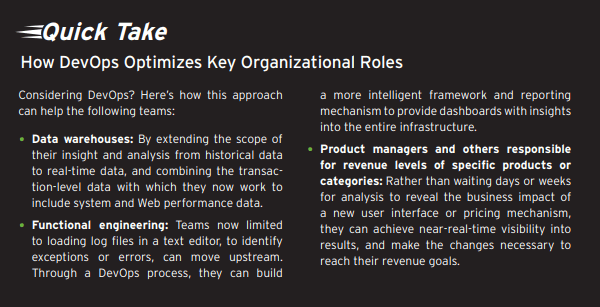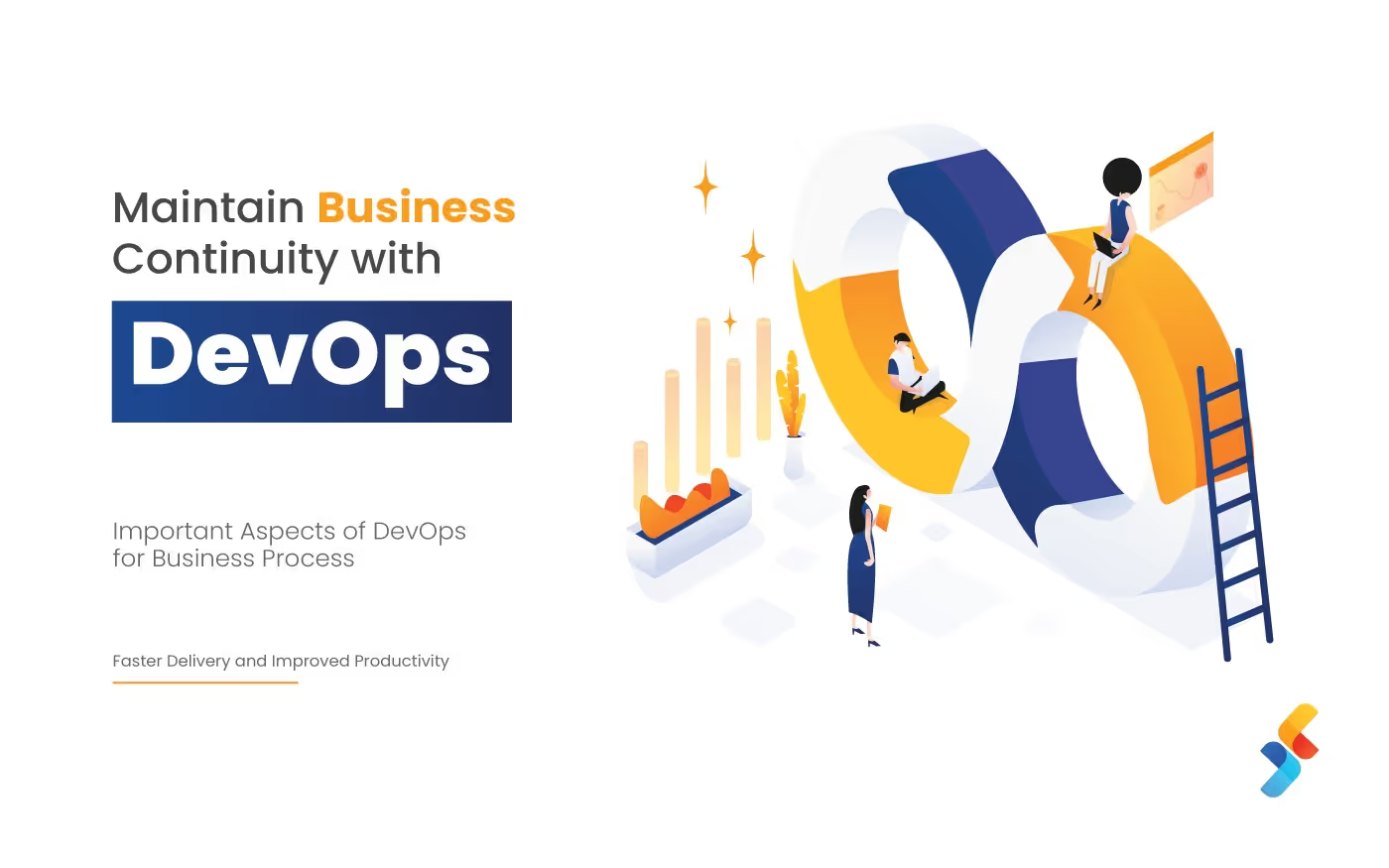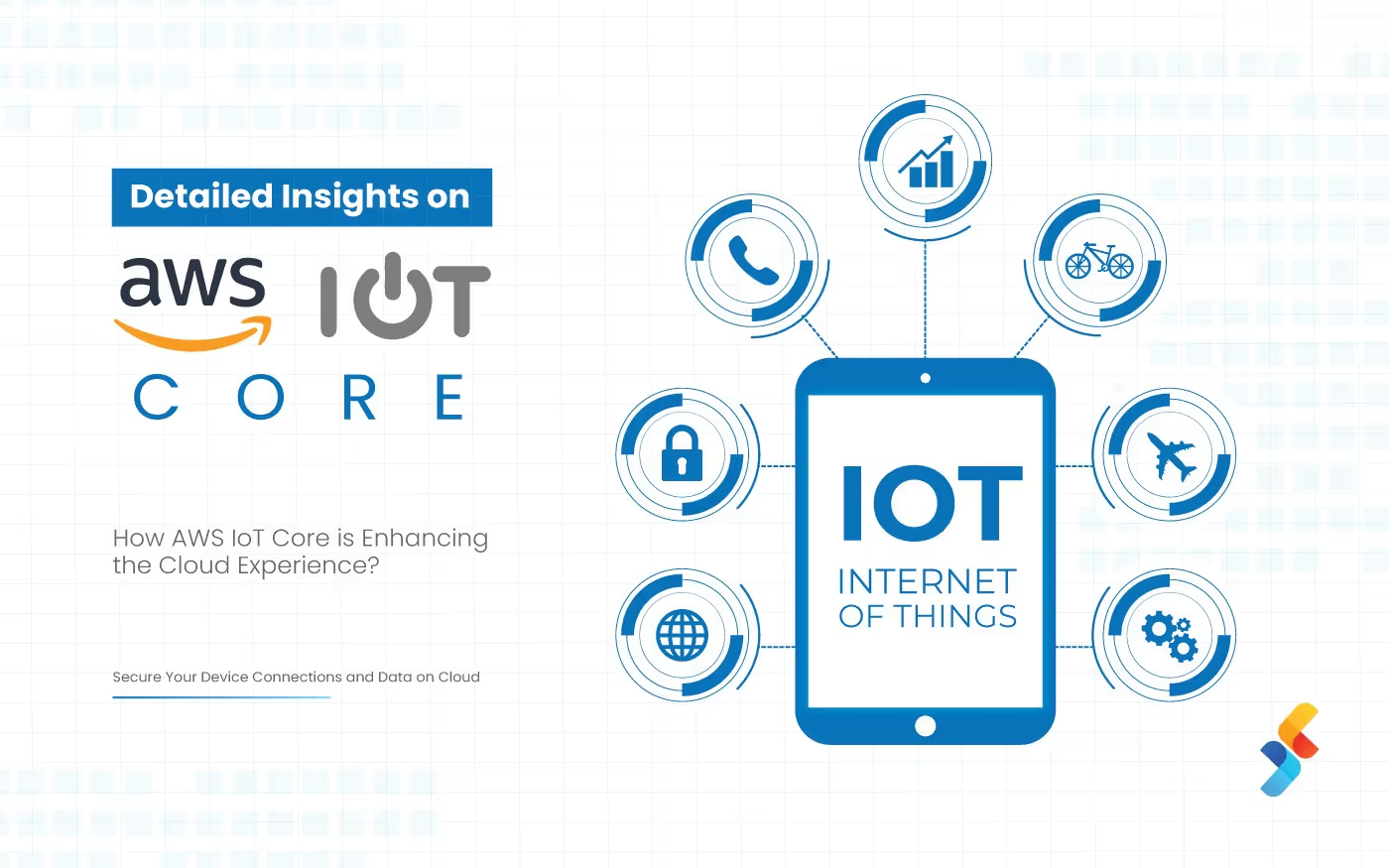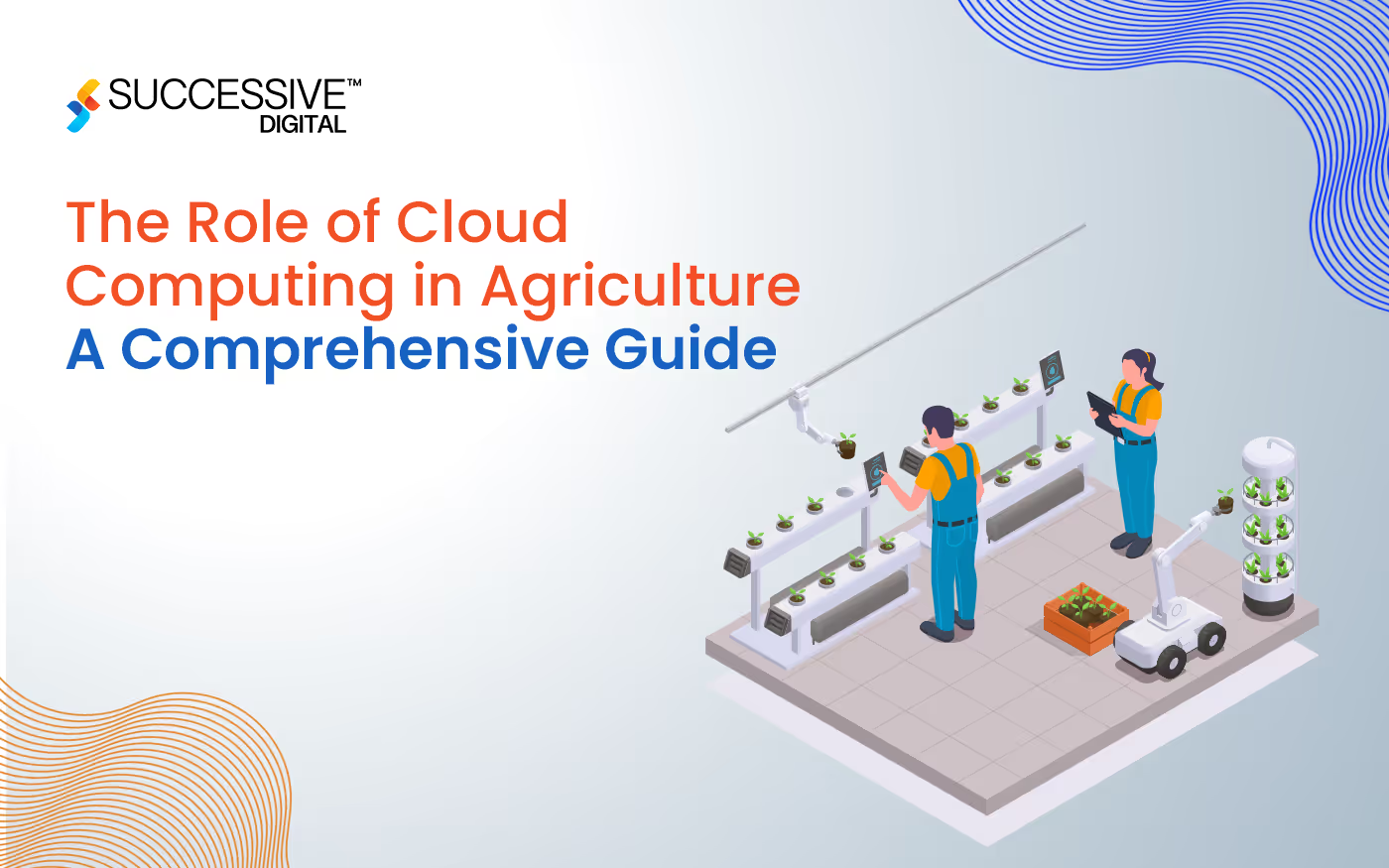People often confuse DevOps with a tool or a team, rather it is a process or methodology that uses modern tools for improving the communication and collaboration between Development and the Operations teams and hence the term “DevOps”. Moreover, DevOps has come out of being just a buzzword, it is now covering the mainstream and has gained immense popularity at an extraordinary level forming an entirely new business world.
DevOps provides agility and continuous delivery that support organizations in dealing with real-world industry scenarios like growing speed and complexities. It further assists with both customer and business-level applications empowering digital transformation.
User-based applications demand variations and implementations based on the feedbacks in an agile timeframe. Also, business applications require exceptional performance and robust, automated development & deployment methods to stay in sync. with the consistently evolving market trends. Several organizations have started adopting the business version for ensuring the best strategies for enhancing the infrastructure and security measures. Speed is amazing until quality starts to degrade likewise quality is worthwhile only if the deliverables are reaching customers in a fleet and reasonable time frame. Hence organizations consider DevOps as the key component in software development as it bridges the gap between speed, efficiency, and quality.
DevOps Cycle: The Six Fundamental Cs

Continuous Business Planning: The initial step in DevOps revolves around exploring potential avenues of productivity and growth in your business, highlighting the skillset and resources required. Here, the organizations focus on the seamless flow of value stream and ways of making it more customer-centric.
Collaborative Development: This part involves drafting a development plan, programming required, and focusing on the architectural infrastructure as it the building block for an enterprise. It is considered as a business strategy, working process, and an assemblage of software applications that promotes several enterprises to work together on the development of a product. Whereas, the infrastructure management incorporates systems management, network management, and storage management which are handled on the cloud.
Continuous Testing: This stage increases the efficiency and speed of the development by leveraging the unit and integration testing. The payoff from continuous testing is well worth the effort. The test function in a DevOps environment supports the developers in effectively balancing speed and quality. Leveraging automated tools can decrease the cost of testing and enable QA experts to invest their time more productively. Besides, CT compresses the test cycles by allowing integration testing earlier in the process.
Continuous Monitoring: Consistent monitoring maintains the quality of the process. Hence, this stage monitor changes and address the flaws & mistakes immediately, the moment they occur. Besides, it enables enterprises to effectively monitor the user experience and improve the stability of their application infrastructure.
Continuous Release & Deployment: This step incorporates monitoring release and deployment procedures. Here, a constant CD pipeline will help in implementing code reviews and developer check-ins seamlessly. This step incorporates monitoring release and deployment procedures. Here, a constant CD pipeline will help in implementing code reviews and developer check-ins seamlessly. The main focus is to depreciate the manual tasks, scale the application to an Enterprise IT portfolio, provide a single view across all the applications and adopt a unified pipeline that will integrate and deploy tasks as and when they occur.
Collaborative Customer Feedback & Optimization: Customer feedbacks are always important as it helps organizations to make adjustment decisions and actions that can enhance the user experience. This stage enables an instant acknowledgment from the customers for your product and helps you implement the corrections accordingly. Besides, customer feedbacks enhance the quality, decreases risks & costs, and unifies the process across the end to end the lifecycle.
Now let us move on to the how DevOps helps driving business growth but before that:

Business Benefits of Leveraging DevOps
Quick Development Leads to Quick Execution
DevOps have three significant and key principles: Automation, Continuous Delivery, and Rapid Feedback Cycle. These principles create a nimble, dynamic, productive, and robust software development lifecycle. Being an evolutionary extent of the Agile Methodology, DevOps uses automation to assure a seamless flow of software development. With the combined strength of the development and operations team, applications are promptly executed and releases are performed at a much faster rate.
Fewer Deployment Errors and Prompt Delivery
With DevOps, it is easy to execute a bulky level of codes in a relatively short period. Teams are enabled to share their feedback so that the errors are early recognized as well as solved early. This, however, results in shorter and robust software development cycles.
Enhanced Communication and Collaboration
DevOps promotes a growing work culture and intensifies productivity, it inspires teams to combine and innovate together. To improve business agility, DevOps creates an environment of mutual collaboration, communication, and integration across globally distributed teams in an organization. It is because of the combined and collaborative work culture, employees have become more comfortable and productive.
Improved Productivity
Since DevOps is a continuous cycle, therefore it assures a quick development process along with minimal chances of errors. Efficient and seamless development, testing, and operational phases result in enhanced productivity and growth. Also, the cloud-based models significantly enhance the testing and operational stages in DevOps making it more robust and scalable.
New Era of DevOps: SecOps
SecOps is the effective collaboration between the Security and Operations teams offering best security practices for organizations to follow, a process to adhere, utilization of modern tools ensuring the security of the application environment. It enables organizations to supervise the analysis of security threats, incident management, security controls optimization, decreased security risks, and increased business efficiency. SecOps can be a social and transforming process for certain businesses demanding solutions for bigger security threats before the accomplishments of their objectives.
.avif)










.jpg)









